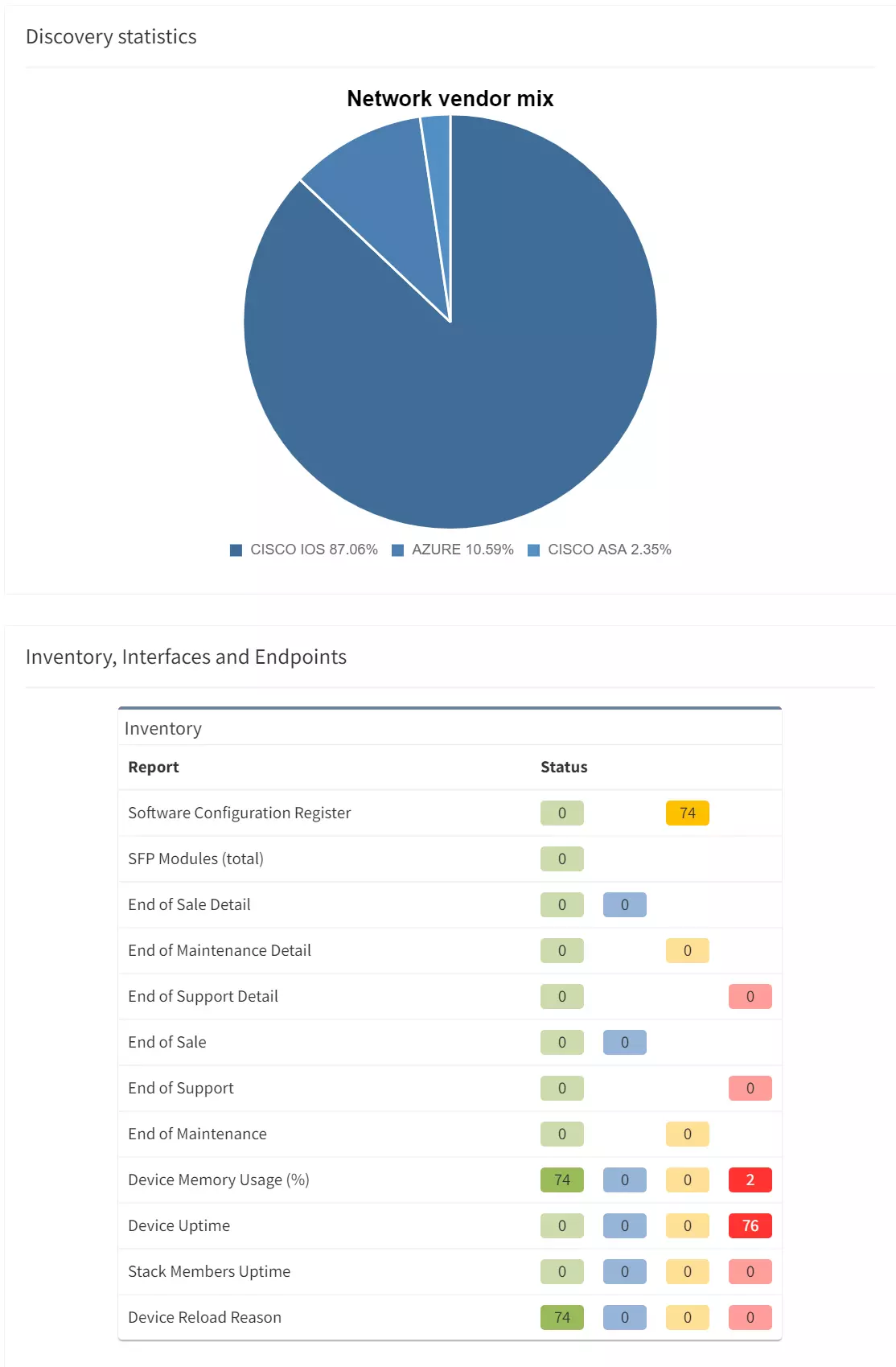Network engineer/architect can use diagrams to speed up many of his routine tasks — from overview presentation of the network to the detailed troubleshooting of faulty data flow from the client to server. But regardless of the task type, there is always a requirement that the diagram uses the same “language” as other people do when depicting the network. It means that the diagrams follow:
If those requirements are not met, then the mental capacity of the viewer is consumed by mapping names and device positions from the generated diagram to the concept that he is familiar with. The layout can be adjusted for one time and the sites renamed but if next network discovery forgets those adjustments, it is pointless to do so.
The IP Fabric platform offers to assign any name to any location that it discovered and this name will stay the same even if the network is rediscovered again. Position of the devices in the diagram can be freely adjusted according to engineer or organization customs (ie. somebody prefers to have users on top, somebody on the bottom. Somebody prefers to place core devices in the center of the diagram, somebody creates a separate block, etc.).

The final layout is saved and is thus persistent regardless of how many times the network is rediscovered. If something changes in the network, then it is reflected in the new diagram. But the global layout remains in the form which is well understood by all people around the network and most importantly by the network engineers/architects — without wasting their modeling effort put into the first diagram.
If you have found this article resourceful, please follow our company’s LinkedIn or Blog, where there will be more content emerging. Furthermore, if you would like to test our platform to observe how it can assist you in more efficiently managing your network, please write us through our web page www.ipfabric.io
Network engineer/architect can use diagrams to speed up many of his routine tasks — from overview presentation of the network to the detailed troubleshooting of faulty data flow from the client to server. But regardless of the task type, there is always a requirement that the diagram uses the same “language” as other people do when depicting the network. It means that the diagrams follow:
If those requirements are not met, then the mental capacity of the viewer is consumed by mapping names and device positions from the generated diagram to the concept that he is familiar with. The layout can be adjusted for one time and the sites renamed but if next network discovery forgets those adjustments, it is pointless to do so.
The IP Fabric platform offers to assign any name to any location that it discovered and this name will stay the same even if the network is rediscovered again. Position of the devices in the diagram can be freely adjusted according to engineer or organization customs (ie. somebody prefers to have users on top, somebody on the bottom. Somebody prefers to place core devices in the center of the diagram, somebody creates a separate block, etc.).

The final layout is saved and is thus persistent regardless of how many times the network is rediscovered. If something changes in the network, then it is reflected in the new diagram. But the global layout remains in the form which is well understood by all people around the network and most importantly by the network engineers/architects — without wasting their modeling effort put into the first diagram.
If you have found this article resourceful, please follow our company’s LinkedIn or Blog, where there will be more content emerging. Furthermore, if you would like to test our platform to observe how it can assist you in more efficiently managing your network, please write us through our web page www.ipfabric.io




